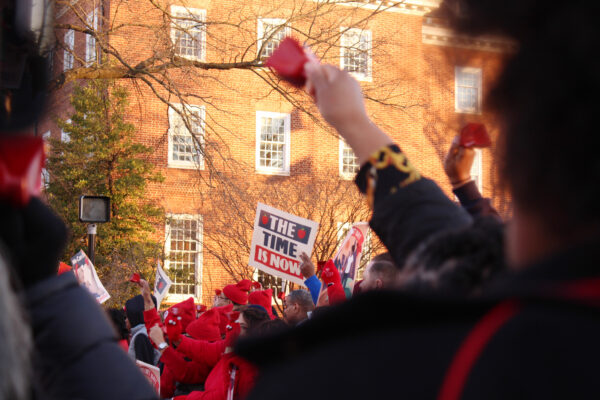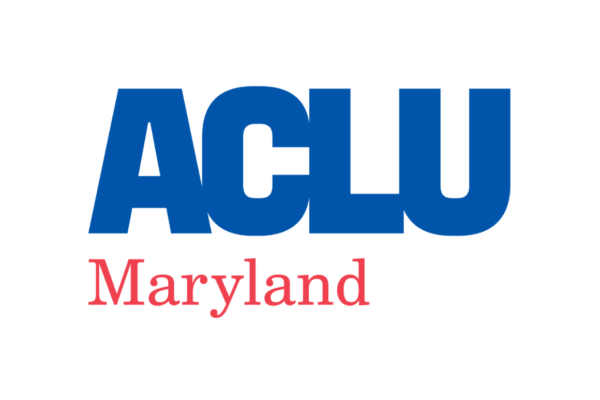Here are 5 key points to keep in mind:
1. The Heart of the Matter: Equity
Putting equity into practice means that state resources must support students and districts impacted by opportunity gaps, achievement lags, and chronic underfunding.
2. The Richest Counties Are Still Getting the Most Education Funding
According to Department of Legislative Services (DLS) and the Kirwan Commission’s own analysis, Maryland has a regressive education funding formula. The Maryland Center for Economic Policy found that more than half of students of color in Maryland attend underfunded schools, while the same is true for only 8% of white students.
Rich counties receive more education funding than counties with low wealth despite "wealth equalization” measures in the formula. The ability of wealthy districts to contribute more local dollars to their school systems, beyond what is required by state law, is one reason for this disparity. Further, the cut to the “Thornton” funding law in 2008 — which inequitably harmed low wealth districts due to their heavy reliance on state dollars — have deepened the disparity in funding between high and low wealth districts. The state must rework the wealth calculation to ensure that the formula is fair and equitable.
3. The Great Debate: How to Measure Local Wealth
Redevelopment tools like “tax increment financing” (TIFs) impact the real property wealth calculation per pupil. Because TIF packages include tax breaks and because that property is not generating into the City’s bank account, a jurisdiction is protected from counting that property as local wealth. This is a serious situation that makes local wealth calculation much less accurate. There has been extensive debate on when TIF protections should end.
4. Pay Attention to the Formula “Fixers”
Two formula fixers worth reviewing are the Geographic Cost of Education Index (GCEI), which is what Maryland currently uses, and the proposed alternative, the Comparable Wage Index (CWI). If Maryland switches to CWI, by DLS’s own simulations, the result would be to send hundreds of thousands of dollars in state aid to districts with high local wealth, which undercuts the spirit of the equity-driven formula.
5. “I do.” Marrying the Formula & Kirwan’s Policy Recommendations
The work to link Kirwan policy recommendations to the formula is expected to be a main topic of the public meeting on August 22.






